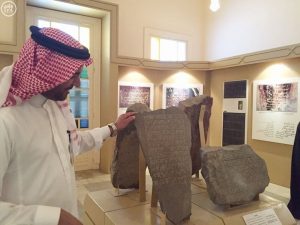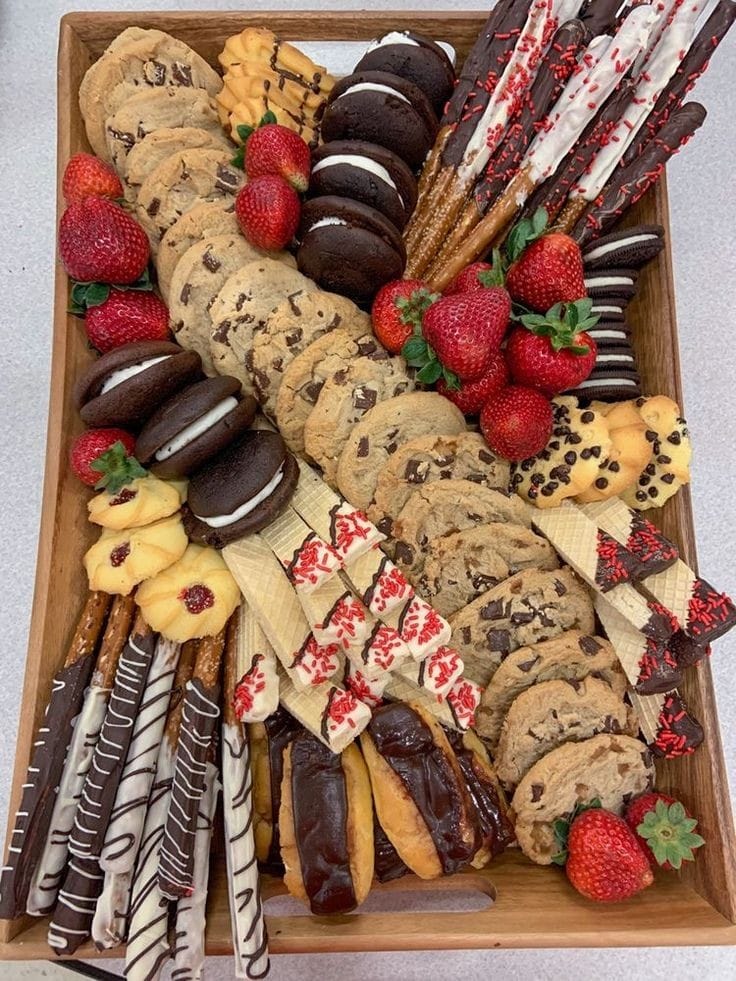In Mecca, there are many museums, both public and private, that tell the story of the evolution of human civilization and dignity. These museums are also a reflection of the history of the region and the cultural heritage is preserved here.
Museum of Archaeology
The museum is located in the Qasr al-Zahar of the founding kingdom of Shah Abdul Aziz. The purpose of the museum is to highlight the history and glory of the Mecca-Makrama region and to inform society of ancient history. It can be seen from the beginning of history to the present period of history, culture, and culture of the Mecca-Makrama region.
The museum is under the department of tourism and archaeology.
The three-story museum has 15 halls and each hall is designated for a specific purpose.
A hall is related to Maqbal Islam. A hall is composed of the archaeological site of the kingdom. A hall is specific to the Quran. A hall is on the sea. There is a Hajj Hall. There is also a hall on the construction of the Mosque of al-Haram. One hall is on the historical heritage of Mecca and a hall is a place where Islamic pilgrims are given a place to visit.
The museum is built in the royal palace, which was built in 1940 at the behest of King Abdul Aziz. It was used as a guesthouse for a period of time. In 1958, Al-Zahar was assigned to middle school. On 4th September 2006, the Museum of the Makkah Region for The Archaeological And Archaeological Museum was inaugurated.
The hall of Saudi Arabia’s archaeological site, which contains images of rocks, forts, pilgrim highways, historical institutions and historical excavations in different parts of the country, and the important historical landmarks of the country.

Maqbal History Hall
It shows the natural environment of the human being of the future. The items are kept. The earliest stools and animals of the farming field show scenes of human instability.
Hall of Geographical and Physical History
It outlines the physical and geographical history of the Mecca-Makrama region and wildlife.
Maqbal Islam Hall:
It tells the story of the establishment of Mecca. The ancient markets and human activities of Mecca have been highlighted. The construction of the Kaaba is also mentioned.
The period of jahlit (the period before the advent of Islam) shows historical events of the foreign as far of the Makki traders during the summer and winter. The attack by the elephant army and the pre-Islamic Arab religions are described.

Celebrity Hall:
It highlights some of the bright aspects of the seraph-al-Anbia and al-Muslin’s serenity. Life from birth to death is mapped.
Hall telling the story of the evolution of the book
It tells the story of the beginning and evolution of the Arabic script. The Arabic rituals of the invariant and the types are kept. Famous letters have been kept in the art parts.
Currency Hall
Islamic coins are kept in different periods of Islamic history. It also tells which coin has been released in which period.
Hajj Hall:
This is an open book about Hajj. It contains maps of the Hajj highways, photographs and forts used for the rest of the pilgrims, and ancient images of the Hajj Asfar and the model of the Holy Mosque (Mini, Mazalfa and Arafat).

Mosque of The Hall of The Haram:
It tells the story of The Haram, from the era of The Khilafi Rashidin to the expansion projects of Haram Makki in the Saudi state. The Umayyad period, Abbasi period and the expansion and construction of the Usmani Caliphate etc. are also mentioned. The stage of the construction of the Kaaba is also a story and a model of the Ghalib Kaaba mosque.
Saudi State Hall:
It describes the events of the establishment of the Kingdom of Saudi Arabia with a wee and a wee look.
Education Hall:
It describes the educational system and the well-known madrassas in The Mecca.
Hall of The Heritage of Mecca:
It contains ancient heritage of Mecca. A desert is a place of food, shelter, and shelter.

Hall of Islamic Shahpar:
It has a selection of Islamic gifts from different countries of the Muslim world.
Umm al-Qaree Museum
It is a private museum located in the courtyard of the center of civil defense in the Al-Navaria neighborhood of Makarama. Saudi citizen Hassan Khaja has established it in his home. The museum’s head door is built on the shape of the ancient houses of Mecca.
The private museum consists of 4 halls. Gold, silver and copper coins are placed in a hall. Coins and currency notes issued by the Saudi government are also present.

The second hall consists of water bottle and weapons. It contains hadiths, taifs, Arabic dictionary, and manuscripts of historical documents. The third hall is specific to the historical novel. It has clay pots and sand items. A hall has been highlighted in public heritage. It has household appliances, utensils, and chairs used in mecca in ancient times.
In addition, radio, telephones, and hearing devices have been saved.


